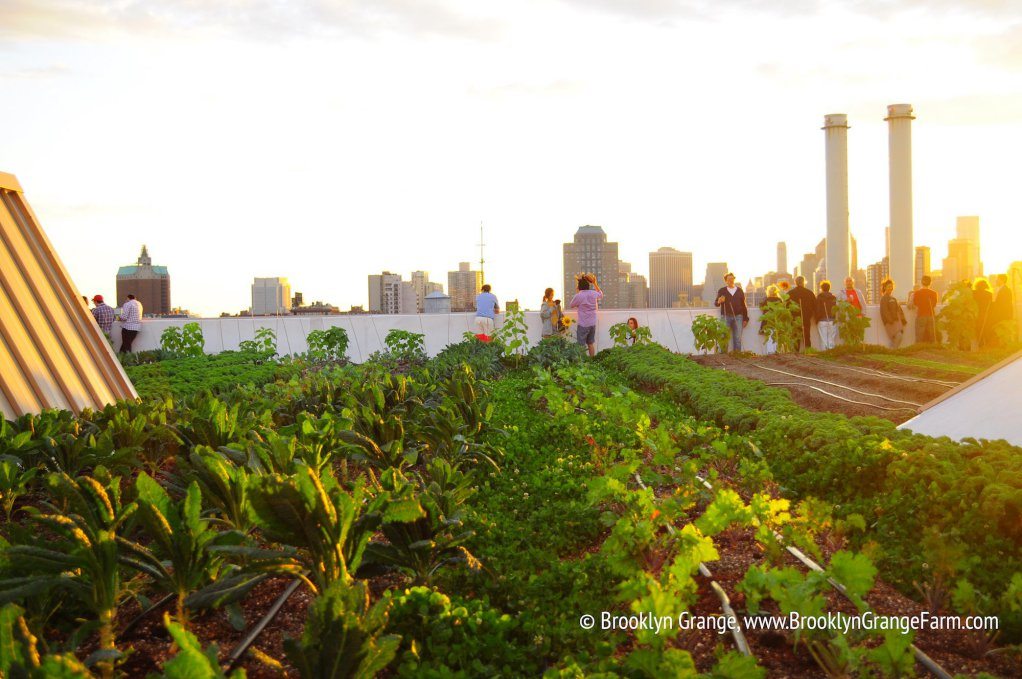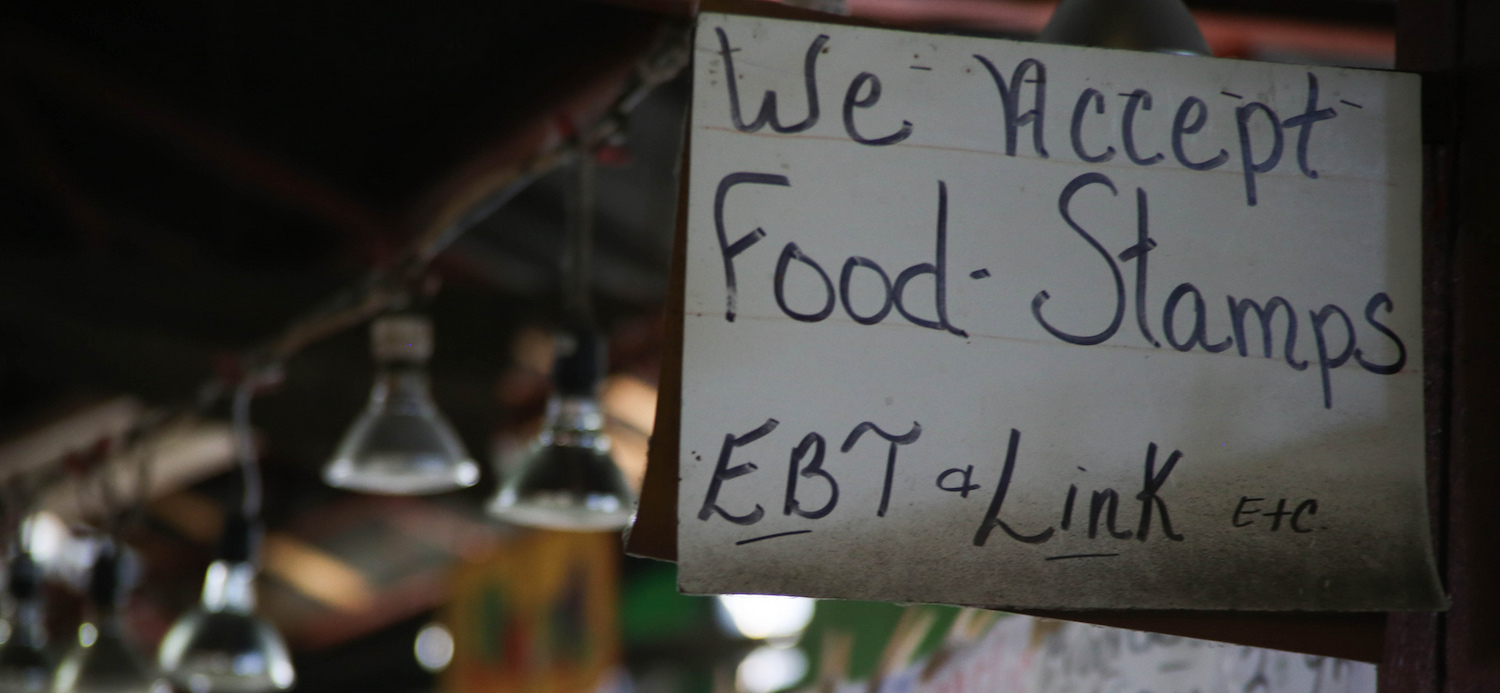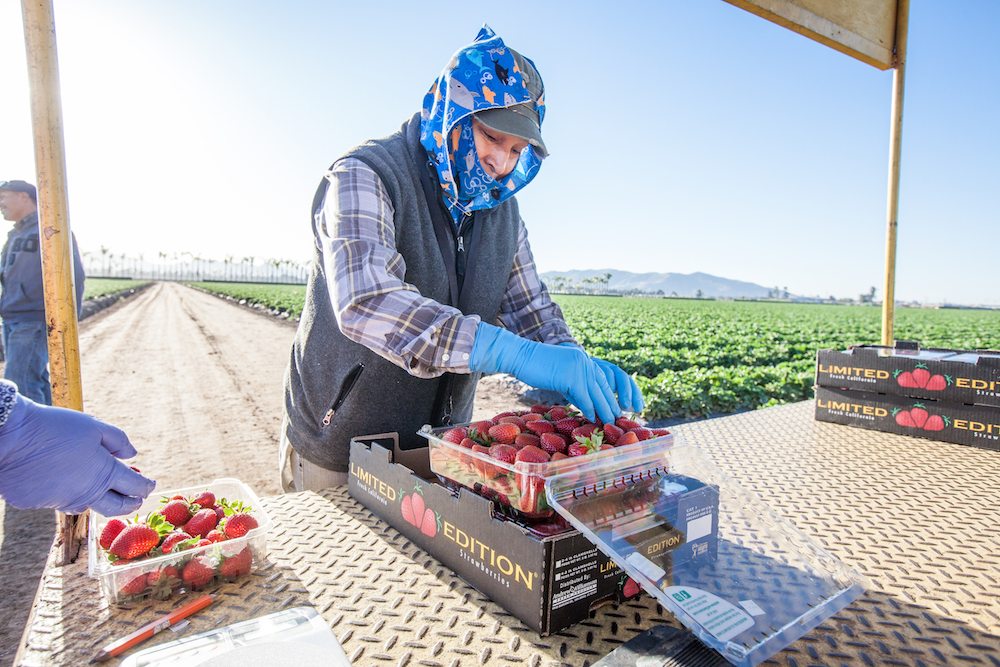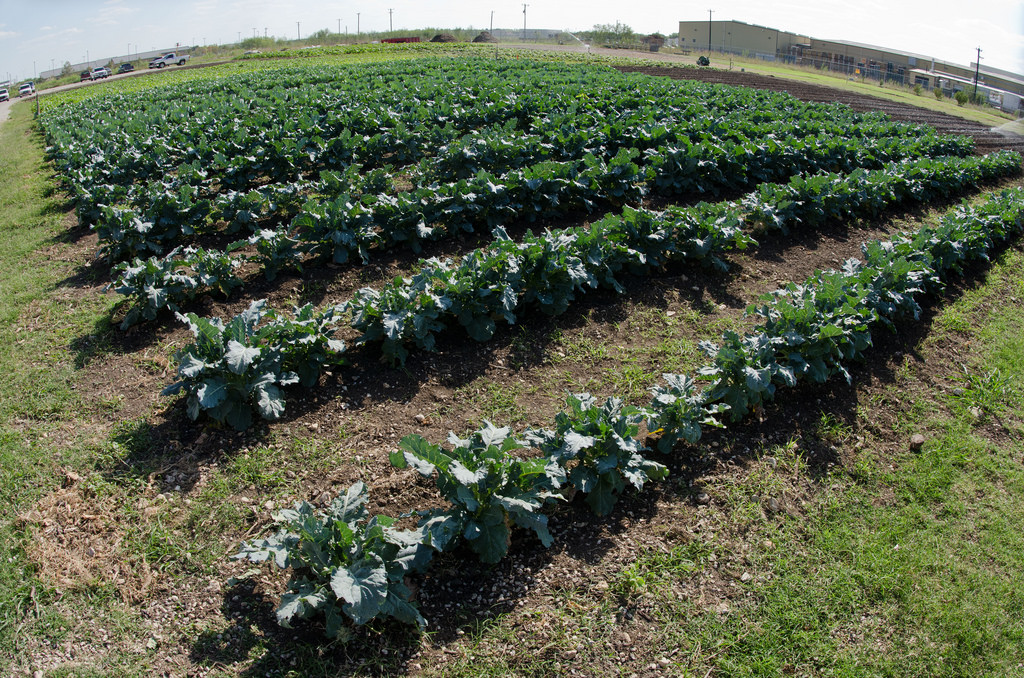Brooklyn Grange is a name familiar to green-leaning New Yorkers because a little less than six years ago, it got urbanites excited about buying tomatoes at eye level with the skyline. But now the Grange boasts more global cred. Located on two New York City rooftops—in the Brooklyn Navy Yard and Long Island City—and comprising 2.5 acres, it’s the world’s largest rooftop soil farm. And it’s got the bona fides to boot: The for-profit enterprise employs 12 full-time staff members, grows over 50,000 lbs. of organically-cultivated produce per year, and in 2011, founded a spinoff non-profit.
 All that seeming bustle quiets down considerably every winter. On the day I visited the Navy Yard in late March, the farm was beginning to show signs of life even as the temperature hovered in the fifties. Seedlings were sprouting in the greenhouse as a massive compost heap let off steam. A kestrel nested on one of roof’s water tanks. Anastasia Cole Plakias, Brooklyn Grange vice president and founding partner, calls this “Back-to-School time.”
All that seeming bustle quiets down considerably every winter. On the day I visited the Navy Yard in late March, the farm was beginning to show signs of life even as the temperature hovered in the fifties. Seedlings were sprouting in the greenhouse as a massive compost heap let off steam. A kestrel nested on one of roof’s water tanks. Anastasia Cole Plakias, Brooklyn Grange vice president and founding partner, calls this “Back-to-School time.”
Tomorrow, Plakias will release her new book, The Farm on the Roof: What Brooklyn Grange Taught Us About Entrepreneurship, Community, and Growing a Sustainable Business. In it, she starts the story long before day one. The book is littered with nitty gritty advice for urban farming hopefuls as well as broader commentary on socially conscious entrepreneurship and the role of green rooftops in urban landscapes. Last week, between shouting advice to a co-worker on how to heat up the compost (add water) and pointing out the resident starlings (“They’re getting their spring bee snacks.”), Plakias briefed me on all the ancillary work Brooklyn Grange does so that it can continue to do what it originally set out to do: grow food.
Find the book here. The interview below has been edited for clarity and length.

Farms, and especially urban farms, operate on notoriously thin (or non-existent) profit margins. Tell us about projects you’ve had to nix when the numbers didn’t add up.
“For a short time we had our own mushroom growing operation in the Pfizer Building, and we taught our own mushroom workshops. We were generating revenue from the sale of mushrooms and workshop sales, but we looked at the numbers and the amount of labor that went into it, and once or twice we had some issues where we got the level of humidity wrong, and mildew issues wiped out everything, and we had to start over. To do it right, we would have had to invest in equipment and scale it up to such a degree that we couldn’t make it work.
A lot of people are disappointed by that. We still get e-mails all the time from people wanting to visit our mushroom farm. It’s frustrating, but at the end of the day, the numbers didn’t lie and it just didn’t make sense.
We also had an urban farm store called Hay Seeds for a brief period in partnership with Meg Paska, who’s an amazing beekeeper and farmer, and two women who had a design company, Domestic Construction. We shared space with them, and it was a seasonal pop-up store. It was awesome and people loved it. I mean, how many people keep secret backyard chickens in this town and can’t get feed? Or have a couple raised beds in their backyard and can’t get a huge truckload of soil in but need more than they can get at Crest Hardware?
So we really did actually find a nice niche there, but again the numbers just didn’t make sense for us, and ultimately we had to be a little bit brutal. I like the phrase “kill your darlings” for that because, you know, they are darlings. You love them. You pour your energies into them. You’re hoping for them. You’re pushing for them. You’re keeping your fingers crossed, but you kind of know before you print out that report or open it on your screen. A couple of times we’ve had to be tough with ourselves.”

If it’s so hard to make money farming in a city, why start a for-profit endeavor in the first place?
“Part of the decision was that we wanted to create a proof of concept. At the time, there were not really any urban agricultural businesses operating, and we wanted to prove that urban agriculture was really an investment. We wanted to operate a triple-bottom-line-business, and part of that meant fiscal sustainability.
But it was also a practical matter—there’s not a whole lot of grant funding out there—and we wanted to be able to scale up pretty aggressively. We also believe that if you’re not paying for something, there’s less of the kind of propulsion that the need for a fiscal return gives any organization.
Here’s an example: City Growers [Brooklyn Grange’s non-profit spinoff, founded in 2011] came to us a few years ago and said, ‘We need to lease our growing beds from you.’ They really wanted space that was their own, so if the kids messed something up they didn’t feel bad about it. But also they wanted a clear relationship between us. They wanted to be responsible for paying their own way—and able to do it. I think that last aspect is true of for-profits and nonprofits alike. For us, was important that we had a loan repayment schedule and investors to answer to.”

Tell us about the non-profit that grew out of the Brooklyn Grange just a year after you opened.
“City Growers started because we were being overwhelmed by requests for tours. It started with private schools. They mostly offered us field trip fees, and we saw it as a revenue stream, but then I started making exceptions for Title 1 schools and programs serving youth who don’t have the opportunity to interact with nature at all.
My partner Gwen Schantz burned the midnight oil to get 501(c)3 status. We put the board together and got a small grant to operate for the first couple of months. Then we put out feelers for an executive director, and the woman who got that job, Cara Chard, has run with it and turned it into an incredible organization. I want to say they brought 7,000 kids up in 2015 alone for educational visits to the farm.”
There’s no way Brooklyn Grange makes all its money selling vegetables. Right?
“Until last year, the sale of produce was still our single largest revenue generator. People are stunned by that. About 70 percent of our food is sold wholesale to chefs and small grocers, and of that 70 percent, the vast majority of it is greens—salad greens, baby greens, arugula, and so on. Also, in the last year, we’ve really ramped up our wholesale microgreens program. The remaining 30 percent is our CSA and two weekly farmers’ markets.
Our second-largest revenue stream came from our events and design and installations departments—and last year we got one big design and installation job that caused that department to bring in more revenue than our farming.
The design and installation revenue stream is less predictable, but it’s not constrained by space. We can only have so many events with two sites, and we only have so many square feet to grow crops, but we can design unlimited green spaces for other organizations, individuals, and businesses in the New York City area and beyond.”

Wouldn’t it be simpler to set up a warehouse on top of a Whole Foods?
“There are moments when it is acutely obvious how much easier our lives would be if all we grew was salad greens. If we eliminated our CSA and farmers’ markets and sold everything to one distributor and closed to the public, it would be far less complicated. But there’s a magic in the complexity of this business. It’s what keeps us challenged, it’s what keeps us excited, and that’s what gets us out of bed in the morning.
The days when everything’s going wrong, of course, you’re like, “Ugh, it would be so great if we could just simplify this.” But we know that that’s not what New York City wants from this farm. New York City wants a place where the community can gather around nature and food and farming.
New York City wants beautiful ugly tomatoes and colorful chard and carrots that are all twisted around one another because we seeded them too close.”
What would you say to people who think there’s a disconnect between the purposes of rooftop-as-farm and farm-as-event-space?
“You have to do other things besides just farm on a roof to keep it profitable. That’s true whether you’re talking about farming on a rooftop or at ground level, in rural areas or in cities. Besides, it is our responsibility as people who are practicing responsible agriculture to educate our community about what we’re doing, to give them access to it, to engage them with it, and to let them come to that engagement on their own terms. If you can get somebody interested in food by having them sit at a beautiful dinner party next to a tomato plant that grew the tomatoes that are on their plate, then you’ve won.
Your life doesn’t ask you to consider where that tomato is coming from. Nothing about your daily routine requires that you consider the provenance of this bounty.”
 More book opportunities: Where would good food be without good food writing? Join us at the 2016 Food Book Fair for a weekend of indie food media exploration at Foodiodicals, and join New Food Economy at the Food & Labor gathering on Tuesday, May 2nd. Get tickets and more info now.
More book opportunities: Where would good food be without good food writing? Join us at the 2016 Food Book Fair for a weekend of indie food media exploration at Foodiodicals, and join New Food Economy at the Food & Labor gathering on Tuesday, May 2nd. Get tickets and more info now.











